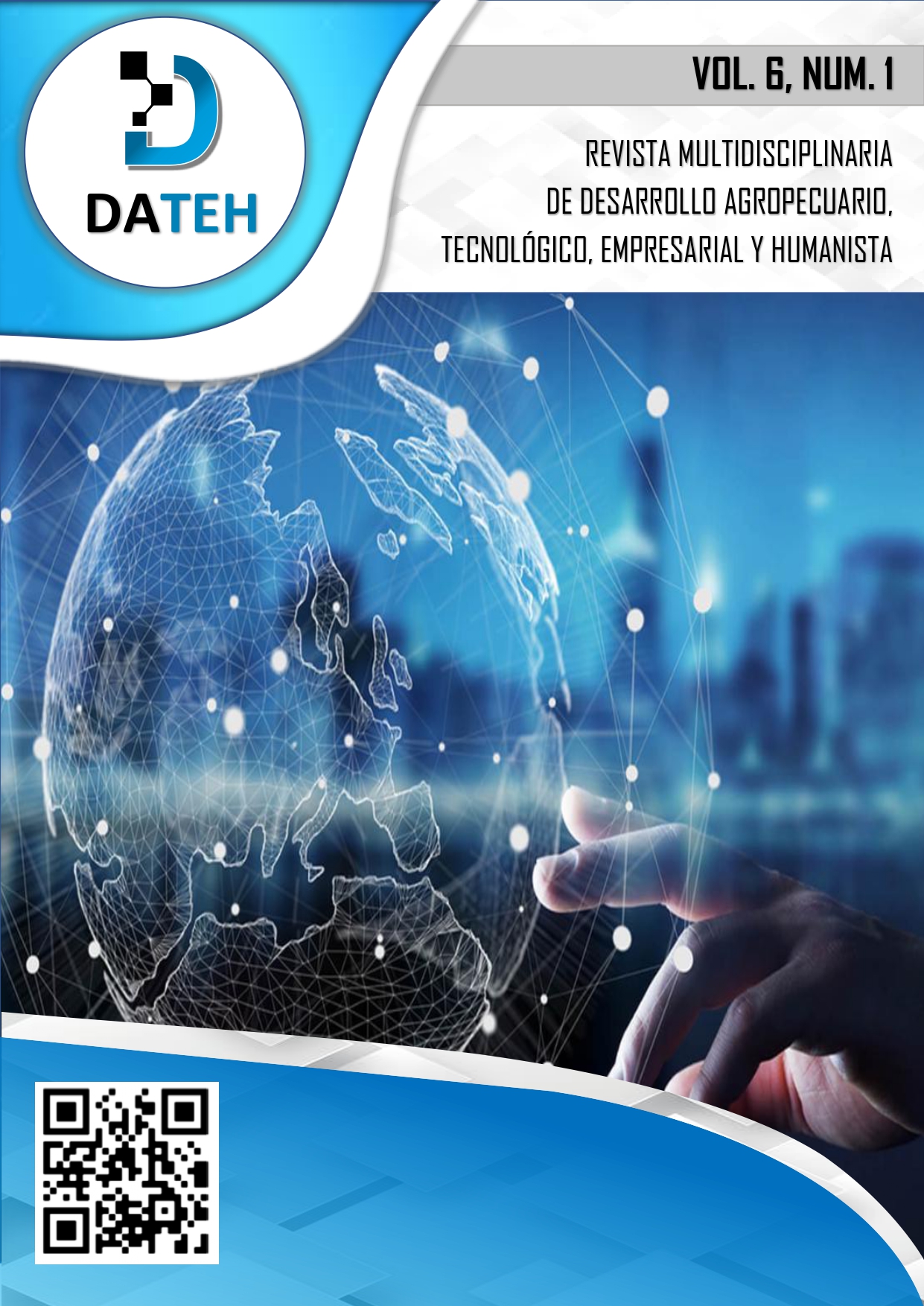Perception of tourism advertising a comparative analysis of ChatGPT versus human developed content
Abstract
The field of marketing is profoundly impacted by the revolution of artificial intelligence (AI), which provides diverse and new tools for content creation, including text, images, and voice generation. This study gets into this phenomenon, specifically focusing on text-based content generators, such as ChatGPT, and their relevance to tourism marketing. The research explores marketing students' perceptions regarding advertising messages generated by ChatGPT compared to those crafted by human experts. The inquiry investigates whether ChatGPT can assist in crafting tourism-related content and its implications for marketing by constructing promotional messages for lodging establishments based on the AIDA model (Attention, Interest, Desire, Action). The findings reveal that, while messages generated by ChatGPT are perceived similarly to human-generated ones across all dimensions, significant differences exist in the inclination towards action. Additionally, there is noteworthy recognition of authorship perception among groups based on gender and academic semester. As artificial intelligence continues to evolve, producing enhanced tools, it becomes crucial to comprehend their effective utilization across various industries, including tourism marketing. This analysis provides valuable insights into the feasibility and implications of integrating ChatGPT in crafting persuasive content in the tourism domain, underscoring the need to adapt to evolving technological dynamics in the field of marketing.
Downloads
References
Alabi, A. T., & Jelili, M. O. (2023). Clarifying likert scale misconceptions for improved application in urban studies. Quality and Quantity, 57(2), 1337-1350. https://doi.org/10.1007/S11135-022-01415-8/METRICS
Amineh, R. J., & Asl, H. D. (2015). Review of constructivism and social constructivism. Journal of Social Sciences, Literature and Languages, 1(1).
Casas Anguita, J., Repullo Labrador, J. R., & Donado Campos, J. (2003). La encuesta como técnica de investigación. Elaboración de cuestionarios y tratamiento estadístico de los datos (I). Atención Primaria, 31(8), 527-538. https://doi.org/10.1016/S0212-6567(03)70728-8
Chakravarty, R., & Sarma, N. (2021). Evolutionary framework of hierarchy of effects models: exploring relevance in the shifting of customer path. Vilakshan - XIMB Journal of Management, 19(1), 59-68. https://doi.org/10.1108/XJM-09-2020-0151
Dwivedi, Y. K., Kshetri, N., Hughes, L., Slade, E. L., Jeyaraj, A., Kar, A. K., Baabdullah, A. M., Koohang, A., Raghavan, V., Ahuja, M., Albanna, H., Albashrawi, M. A., Al-Busaidi, A. S., Balakrishnan, J., Barlette, Y., Basu, S., Bose, I., Brooks, L., Buhalis, D., … Wright, R. (2023). Opinion Paper: “So what if ChatGPT wrote it?” Multidisciplinary perspectives on opportunities, challenges and implications of generative conversational AI for research, practice and policy. International Journal of Information Management, 71, 102642. https://doi.org/10.1016/J.IJINFOMGT.2023.102642
Godoy, E. (2016). El Brief como elemento esencial de toda gestión publicitaria. Revista Contribuciones a las Ciencias Sociales. https://www.eumed.net/rev/cccss/2016/02/brief.html
González, L. (2006). Microsoft Excel: una herramienta para la investigación. MediSur, 4(3), 68-71. https://www.redalyc.org/pdf/1800/180019873015.pdf
Green, S. B., & Salkind, N. J. (2010). Using SPSS for Windows and Macintosh: analyzing and understanding data (6.a ed.). Prentice Hall Press. https://doi.org/https://doi.org/10.1198/tas.2005.s139
Guttentag, D. (2015). Airbnb: disruptive innovation and the rise of an informal tourism accommodation sector. Current Issues in Tourism, 18(12), 1192-1217. https://doi.org/10.1080/13683500.2013.827159
Purbaningsih, Y., Putri, S. E., Bangkara, B. A., & ... (2022). Understanding the AIDA Model in Marketing Small Business in the Digital Age: Opportunities and Challenges. … Research and Critics ….
Rhodes, J. M. (2019). Creating a Survey Solution with Microsoft Forms, Flow, SharePoint, and Power BI. Creating Business Applications with Office 365, 99-103. https://doi.org/10.1007/978-1-4842-5331-1_11
Rudolph, J., Tan, S., & Tan, S. (2023). ChatGPT: Bullshit spewer or the end of traditional assessments in higher education? Journal of Applied Learning and Teaching, 6(1), 342-363. https://doi.org/10.37074/JALT.2023.6.1.9
Schweidel, D. A., Reisenbichler, M., Reutterer, T., & Zhang, K. (2023). Leveraging AI for Content Generation: A Customer Equity Perspective. 20, 125-145. https://doi.org/10.1108/S1548-643520230000020006
Sohail, S. S., Farhat, F., Himeur, Y., Nadeem, M., Madsen, D. Ø., Singh, Y., Atalla, S., & Mansoor, W. (2023). Decoding ChatGPT: A taxonomy of existing research, current challenges, and possible future directions. Journal of King Saud University - Computer and Information Sciences, 35(8), 101675. https://doi.org/10.1016/J.JKSUCI.2023.101675
Tristanto, T. A., Hurriyati, R., Dirgantari, P. D., & Elyusufi, A. M. (2021). AIDA Model as a Marketing Strategy to Influence Consumer Buying Interest in the Digital Age. Budapest International Research and Critics Institute-Journal (BIRCI-Journal), 4(4), 12575-12586. https://doi.org/10.33258/BIRCI.V4I4.3319
Weng, L., Huang, Z., & Bao, J. (2021). A model of tourism advertising effects. Tourism Management, 85, 104278. https://doi.org/10.1016/J.TOURMAN.2020.104278



